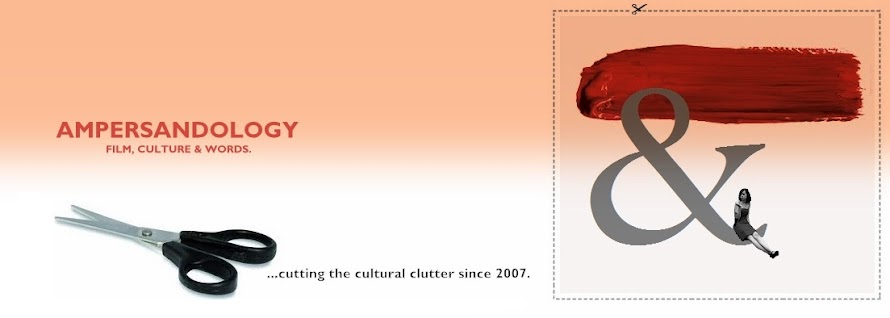by Jillian Butler, Ampersandology
You can all just stop the presses--I have found the greatest American movie of all time.
 |
| Spoiler: his secret passion is exposition! |
I now measure my life in two stages: from before I knew of its existence and after I learned about it; it's very much a kind of a priori and a posteriori situation, except in this case there's no Latin dweebs around, just awesome bossy psychoanalysts who earnestly hypnotize people into arriving at simplistic but alarmingly accurate psychiatric diagnoses.
Oh, Freud: The Secret Passion. How can I measure my glee?
You guys, it stars Montgomery Clift as Freud. Let me repeat that: Montgomery Clift, Method actor and closeted gay actor, AS SIGMUND FREUD. There are so many layers in this piece of information that I don't even know where to start.
If that doesn't turn your crank, do let me go on with a numbered list of amazing.
1. The screenplay is by Jean Paul Sartre. No, seriously.
2. Related: Jean-Paul Sartre originally wanted Marilyn Monroe to play the role of Freud's hysteria patient, Cecily Koertner. Ohmygodwhydidthisnothappen.
3. It is most commonly known as "Freud." Add an exclamation point to that and you've got a hit Broadway musical. Come to think of it, it's about two bars away from being that time when Joey Tribianni got his first singing role.
4. It is directed by John Huston, best known for The Maltese Falcon, The African Queen and every boss movie ever the end.
5. This film is basically a detective story about the human mind, and EVERYTHING IS THE MOST RIDICULOUS. The parts where Freud basically "arrives" spontaneously at stunning conclusions which in reality took him the better part of his career are a highlight (spoiler: this comprises all the parts).
In all honesty, the screenplay actually does a fair job of explaining a lot of Freud's theories, but when these same theories are delivered while Monty Clift is pacing in his study while oh. so. thoughtfully. stroking his beard, it loses a great deal of its lucidity.
Who am I kidding. I loved every single second of its 2 hours and 20 minute running time. I think I'm going to make my family watch this every Christmas, whether they like it or not. *single tear* It's what Freud would have wanted.
Have a suggestion for a future Ampersandology topic? Got something you’d like to say? All feedback welcome! Shoot us an email at ampersandology@gmail.com, or follow Ampersandology on Facebook.
















